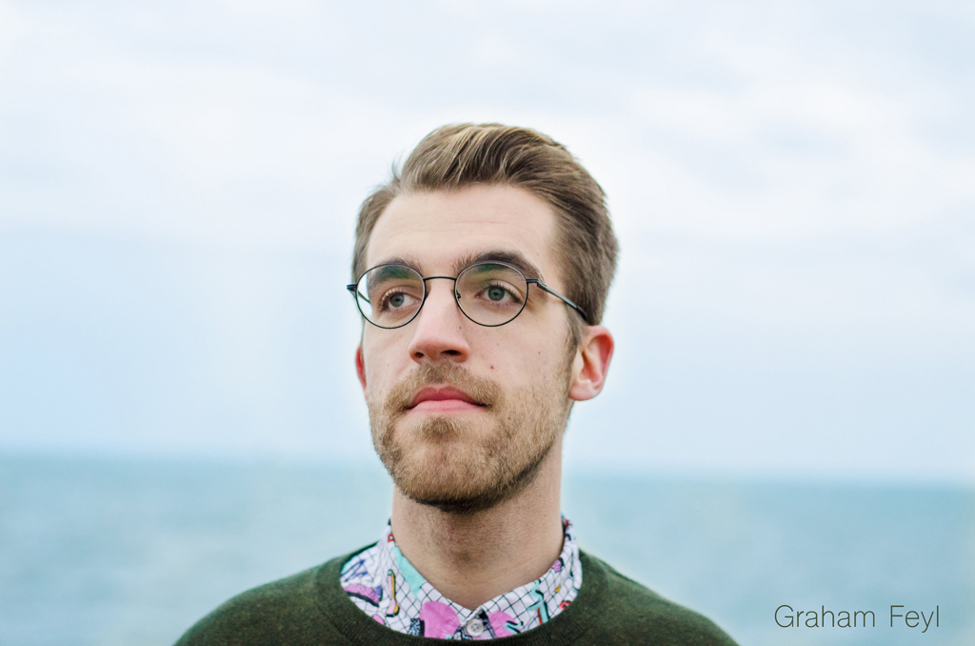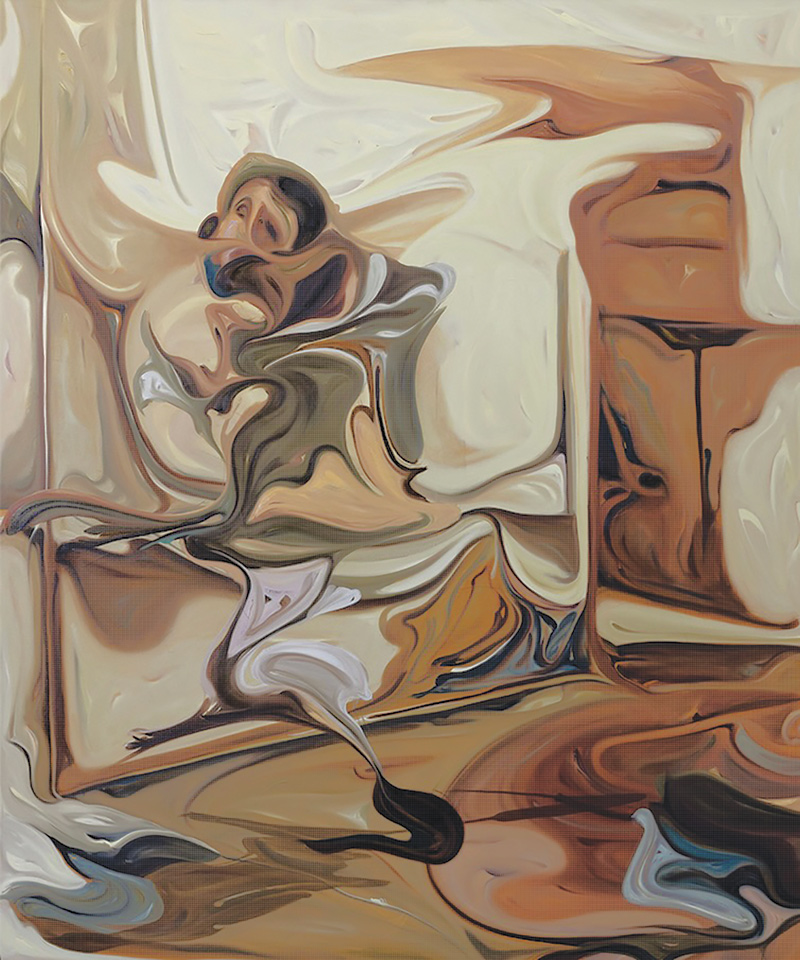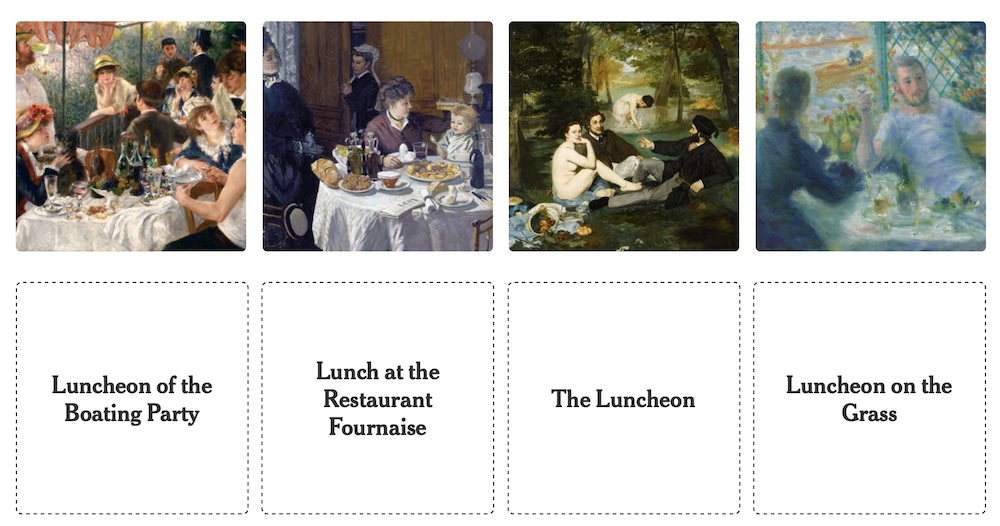Art Is... Graham Feyl


BY RILEY YAXLEY
In 2009 Alex Williams complained in the New York Times that the word “curate” had been improperly extended to fashion, food, and entertainment, while he made the case that the action is more appropriately suited to the degree-holding curators employed by museums. A friend recently explained to me that they are an “event curator,” event curation being an elevated way of describing event planning. “Curate” is being widely appropriated to describe careers and work that are far from the realm of museums or gallery spaces, forcing many to reconsider what the term means and how people understand the storied history of curatorial practice.
After talking to Graham, I began to question what it means to be an actual art curator. What does that process look like? How does an individual start their curatorial career? Where are they instructed in the practice and what are the early opportunities for emerging curators to establish themselves?
I have been immersed in Chicago’s arts industry for about nine months, starting with an internship at Chicago Gallery News last winter and followed by internships at Intuit: The Center for Intuitive and Outsider Art and the Museum of Contemporary Art Chicago. During my time at each of these institutions, I was incredibly fortunate to meet a wide variety of artists, gallerists, curators, and art professionals.
However, I began to notice that arts publications don’t often highlight younger arts professionals and individuals early in their careers. The newsfeeds of Hyperallergic, frieze, or ARTnews are saturated with profiles, interviews, and appointments of chief curators, executive directors, established artists, and so on. The idea for this interview series for CGN, Art Is… emerged because of my own curiosity and as a response to this coverage dearth, and to draw attention to individuals who are still breaking into the art world.
When I accepted a job in Visitor Services at the MCA and was introduced to Graham Feyl, also a Visitor Services Associate at the museum, we quickly developed a friendship. As the idea for this series took shape, I knew that he would be one of the first individuals I asked to interview.
Graham is currently the curator-in-residence at The Overlook, a multidisciplinary art space, whose mission is to “provide emerging women artists, queer artists, and artists of color a platform to further their practice through residencies, programming, and collaborative projects.” He completed his undergraduate degree in Art History at the University of Illinois Chicago and is attending the School of the Art Institute this fall to earn his Master’s in Modern and Contemporary Art History.
The Overlook was founded in July 2016 by Jenn Sova, an artist, curator and activist living in Chicago. I had the pleasure of meeting Jenn during a field trip to the Museum of Contemporary Photography where we were given a private print viewing of Breaking the Binary: Queerness and the Image, which included goading works by Robert Mapplethorpe, lush images by Alexandre Haefeli, evocative portraits by Zanele Muholi, as well as the evasive work of Laurence Rasti for There Are No Homosexuals In Iran. When I joined Jenn and a few others for drinks at the Chicago Athletic Association after the viewing, I was struck by her indomitable energy and drive, a sentiment echoed by Graham during our interview. “She knows how to network and support people,” he says. In two years The Overlook has already hosted 12 residencies, 11 exhibitions, and 40 events. It has shown work by 33 local, national, and international artists. Graham is The Overlook’s first digital curator-in-residence.
Graham’s partnership with The Overlook began in fall of 2016, when a friend invited him to a photography exhibition where he met Jenn for the first time. Following the 2016 presidential election, their relationship deepened as they discussed the implications of being queer individuals in a politically turbulent time. Graham recalls that Jenn wanted him to do a curatorial residency with The Overlook for months, but it wasn’t until The Overlook relinquished their physical space that Graham developed the idea for his curatorial residency - object / item / material / me. Faced with the challenge of organizing art exhibitions without a permanent location, Jenn proposed a digital curatorial residency. Graham would select and write essays about each artist and their work, which would culminate in a pop-up exhibition of the selected works.
The idea began with the work of Janelle Miller, a multi-disciplinary artist and archivist. Her collection/installation Building Virtue: A Study (2017-cont.) is a collection of fans that depict black people in various scenes: a boy and girl praying, a mother and child tending a garden, a young couple playing the piano together, and a mother with her children as they celebrate one child’s birthday. The fans from Building Virtue: A Study (2017-cont.) were originally placed in church pews and were used by churchgoers during services before Janelle began to collect and archive them for her work. Through Janelle’s practice, Graham began to understand how these objects and their materiality could begin to explain Janelle’s personal, artistic practice, as well as how the fans are visually significant objects to members of the black community and their religious practices

The eight artists represented in object / item / material / me were selected from online submissions that Graham reviewed. He was looking for artists who understood what he himself was grappling with as a curator. “I know it’s a simple idea, but I think it’s worth thinking about and talking about,” he says about the ideas of exploring how individuals have found themselves through objects - how someone has come to find their racial, sexual, gender or political identity through an object.
I push back at the simplification of his idea. We are so accustomed to the idea of producing work that is groundbreaking and innovative, but where is the space to contemplate the simple? As a fledgling curator, He says that he’s had to challenge his desire to curate a groundbreaking show and explains, “There’s no instruction [at university] on DIY spaces. Everything is [from an] institution with all these resources - as if you should only be thinking at that level.” DIY spaces, like The Overlook, are providing the space and resources for curators early in their careers to establish their curatorial practice at the community level.
Such alternative spaces give curators the room to experiment and fail without the pressures of a large art institution. Take Hans Ulrich Obrist for example. He describes his first curatorial exhibition, which was hosted in his own kitchen, as a project where “artists shared in all tasks relating to my exhibitions, not just their individual pieces.” The name of the exhibition World Soup was coined by Richard Wentworth, and Peter Fischli and David Weiss took the exhibition photographs.
During the course of his residency, Graham has developed relationships with each of the artists included in object / item / material / me. He admits to wrestling with holding himself accountable in representing each artist accurately, but also exercising his objectivity and authority as the exhibition curator. Each artist submitted responses of their understanding of the terms “object,” “item” and “material.” Graham is also grateful for the group of artists that he’s working with. He says these relationships are challenging him to be “clear with what he’s doing and what he wants to do.”
object / item / material / me explores ideas of materiality that are present in almost all exhibitions, but it is the community that has gathered to contemplate and discuss these ideas that strikes me the most important part of the curatorial process - the conversation surrounding the work. Jenn’s committed support gave Graham the confidence and platform to organize his curatorial debut for The Overlook. Each artist that Graham selected has made the conscious choice to trust him with representing their work. Graham is currently in the process of establishing a venue and date for object / item / material / me’s pop-up exhibition, and I look forward to seeing the culmination of his residency this fall.
Top Photo: Courtesy of The Overlook
Read Riley Yaxley's follow up interview Art Is... The Bittersweet, March 2019






